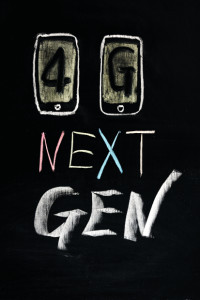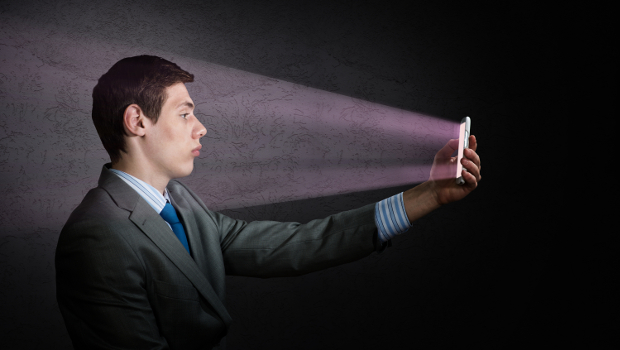At the Mobile World Congress in Barcelona in March, announcements around smart connected devices came thick and fast, and underlying all of these was the presumption that ever-improving data connectivity can be taken for granted.
The prevailing wisdom is that mobile data connection speeds will increase in quality and capacity to seamlessly accommodate a coming data explosion predicted to be just around the corner and fuelled by the Internet of Things (IoT), wearable tech and phablets streaming movies ever higher in resolution.

the UK has 60 million inhabitants while we have just close to 5 million. That means we can live and work perfectly happily on our 4G connectivity for a lot longer than the UK can. Its networks will start creaking and slowing long before ours will, Helene Graham, eircom Group (Image: Stockfresh)
But can this connectivity truly be taken for granted? In Barcelona, the discussion on what exact standards should make up the 5G technology moved on, with a predicted launch date for the technology of 2020. One group, the European Commission’s 5G Public-Private Partnership (5G PPP), announced that it expects 5G to be 100 times faster than 4G, to connect 1,000 times as many devices and carry 1,000 times as much traffic in a set area.
However, the companies that will be tasked with deploying these kinds of technologies think there is still a lot to be gained from the existing 4G technologies that are with us right now.
5G talk
“We’ve only just started on 4G really, and while there is a lot of talk about 5G and it has a lot of interesting features in it that are particularly well suited to IoT and real time data exchanges, I think it’s still between four and seven years before smaller operators like ourselves will get really engaged with it,” said Helene Graham, chief technology officer of the eircom Group.
Graham says that in her estimation, there is more than enough functionality left in 4G to keep Ireland competitive for some time to come.
“Consider that all European countries have access to the same amount of spectrum, which defines the amount of bits we can push and the average speed the average user can have. But the UK has 60 million inhabitants while we have just close to 5 million. That means we can live and work perfectly happily on our 4G connectivity for a lot longer than the UK can. Its networks will start creaking and slowing long before ours will,” she said.
Further to the argument, Graham says that it is not necessary or even desirable to expect Ireland to adopt next generation technologies over the geographical landmass of Ireland, when the critical mass of people who would make those technologies necessary simply are not there.
“We can offer the same kind of user experience to Irish users as UK operators can to their customers because we’re working with much less people. The time will come when that is no longer true but it will be a lot later for us than for others. The challenge for operators like ourselves is to make the best and most intelligent use of the assets that we have, and there’s a lot of life and great services left in 4G,” she said.

LTE isn’t fast enough to accommodate the kind of growth in the market that will become commonplace in coming years and as the networks become more crowded, then new technologies will become more important, Chris Hill, Mobidia
“For example, we’re still looking into exploiting LTE advanced, and there is a whole generation of new speeds available in that area.”
Return on investment
According to Barry Tierney, head of enterprise markets for Vodafone Ireland, his company has invested more than €1 billion in its network and recently launched a 4G+ offering, combining two 4G networks to deliver speeds of up to 150 MB/s.
“Data use is increasing and is consistently going up and it’s being driven by three factors. The first is the power of the average device – most of us started out using data on legacy handsets, a Nokia or something similar. Back then, you could get your e-mail but you couldn’t really access or edit attachments,” said Tierney.









Subscribers 0
Fans 0
Followers 0
Followers